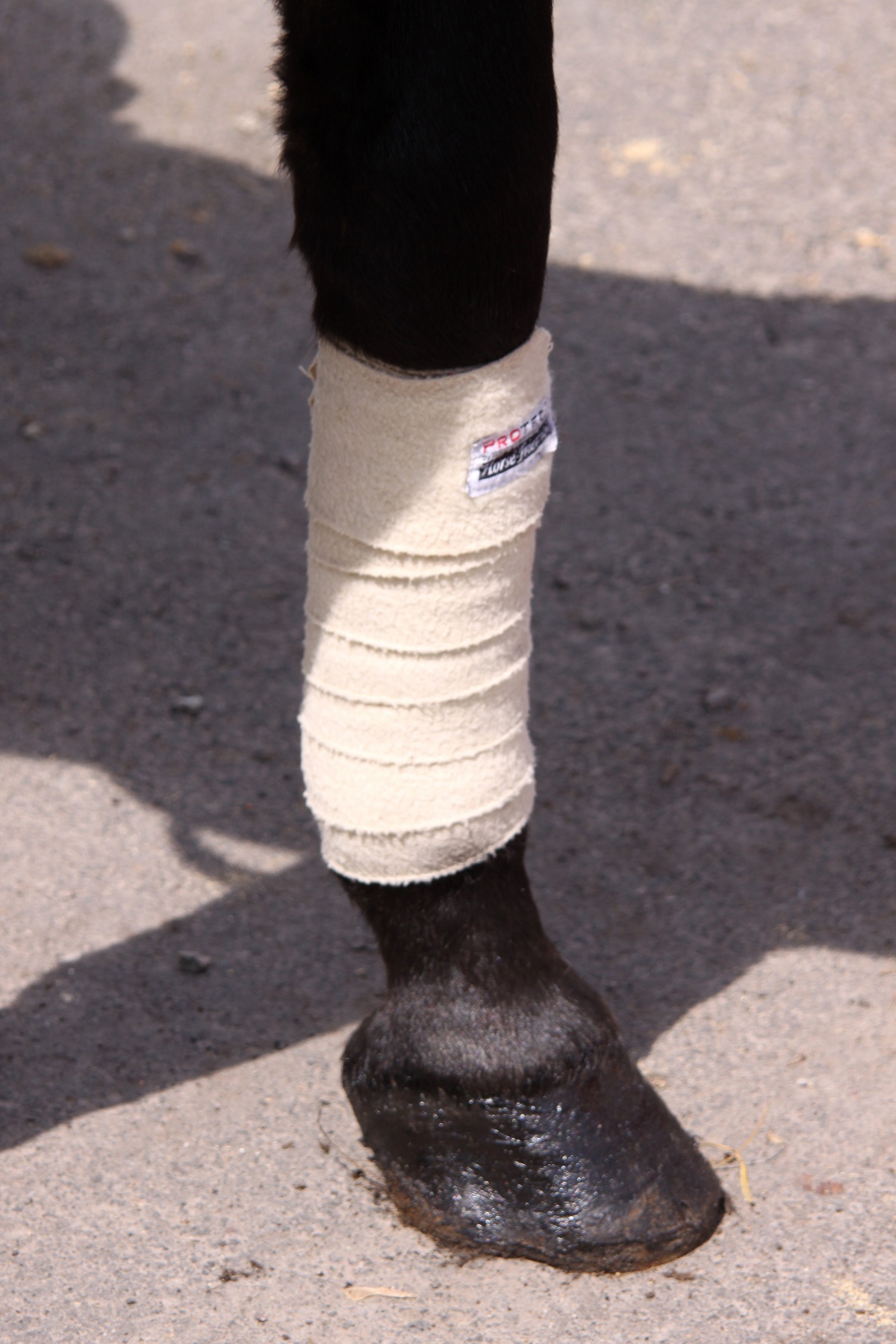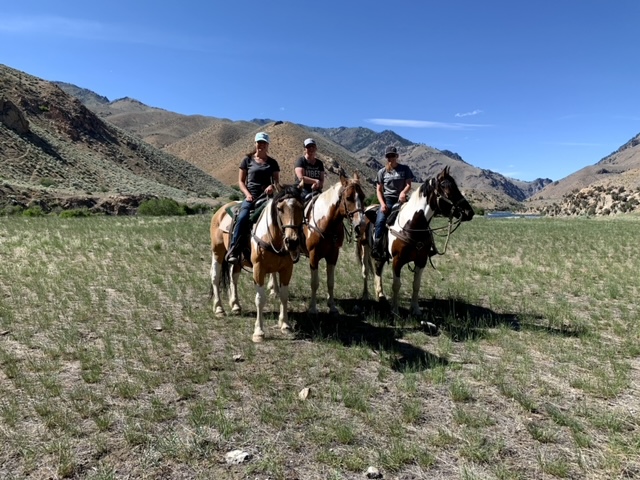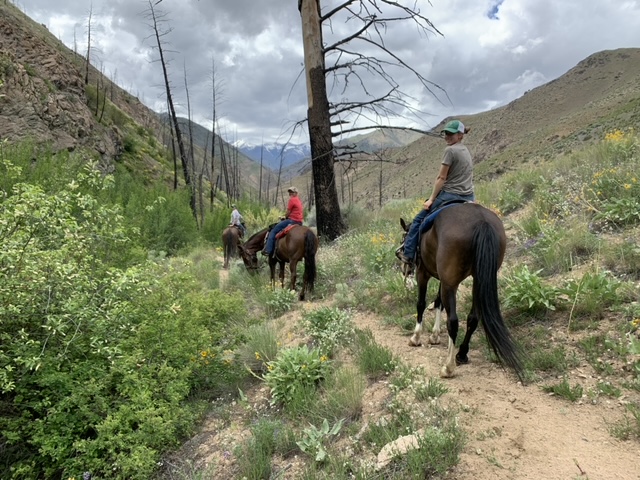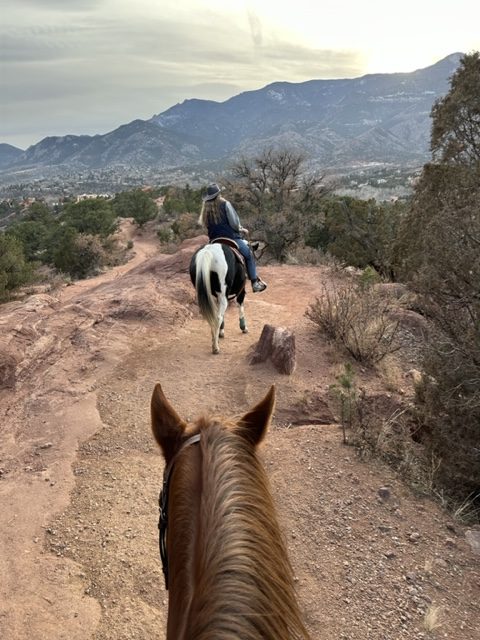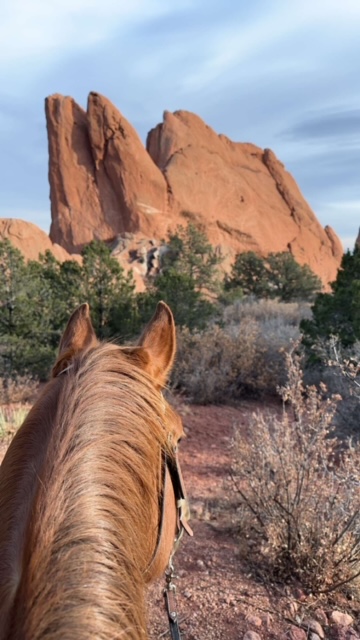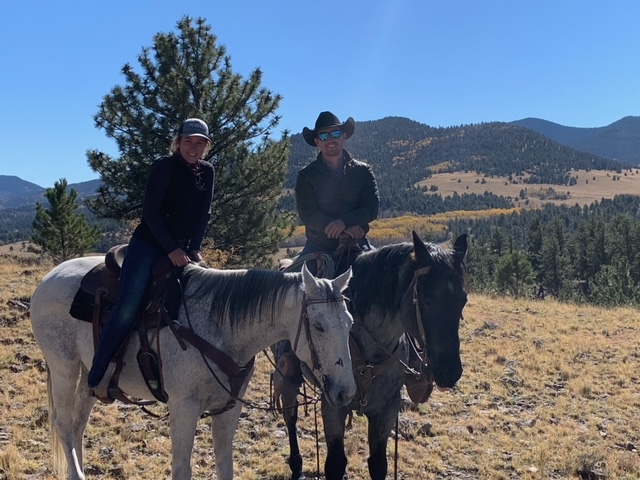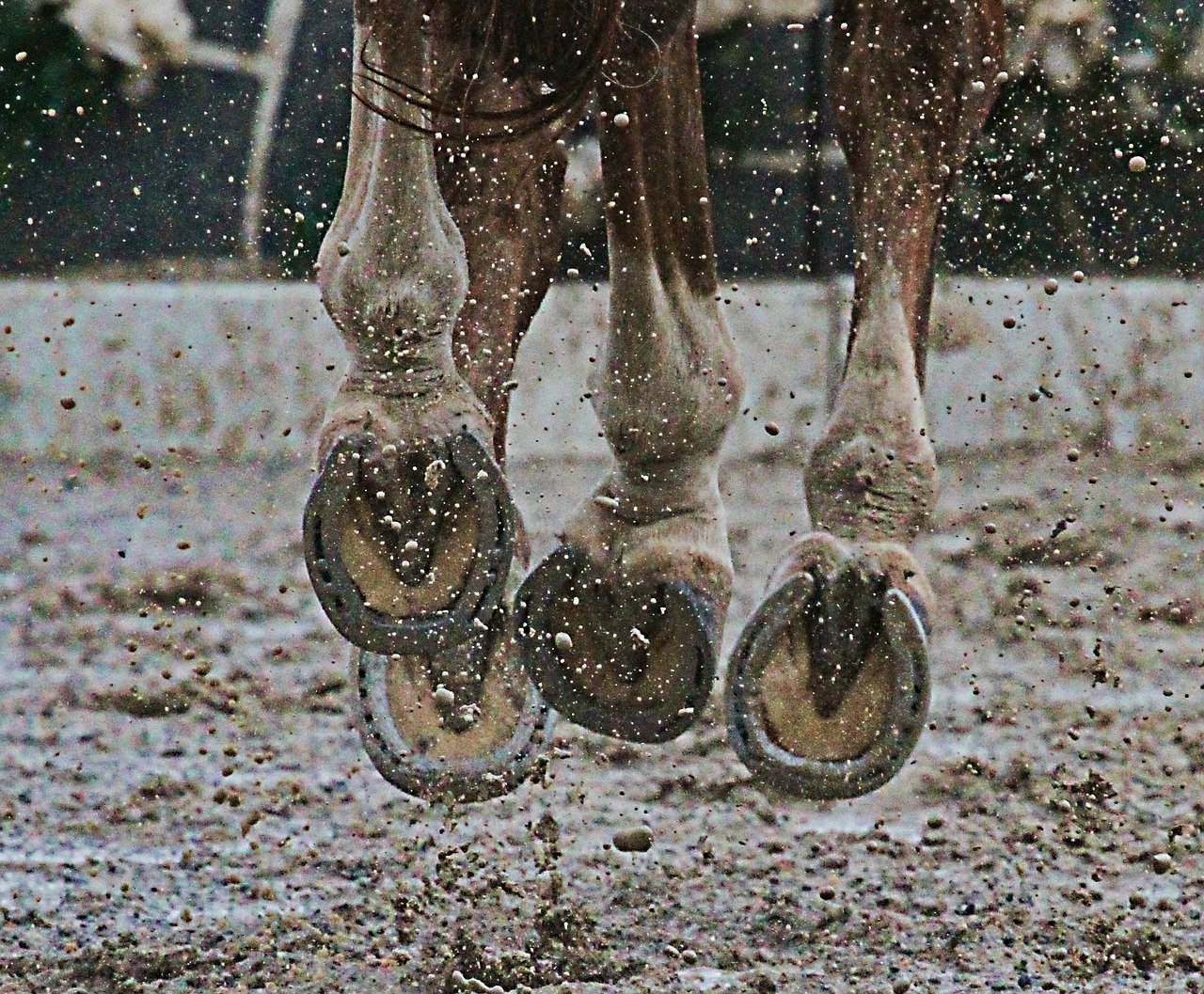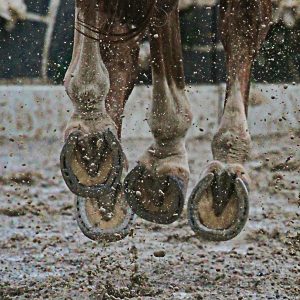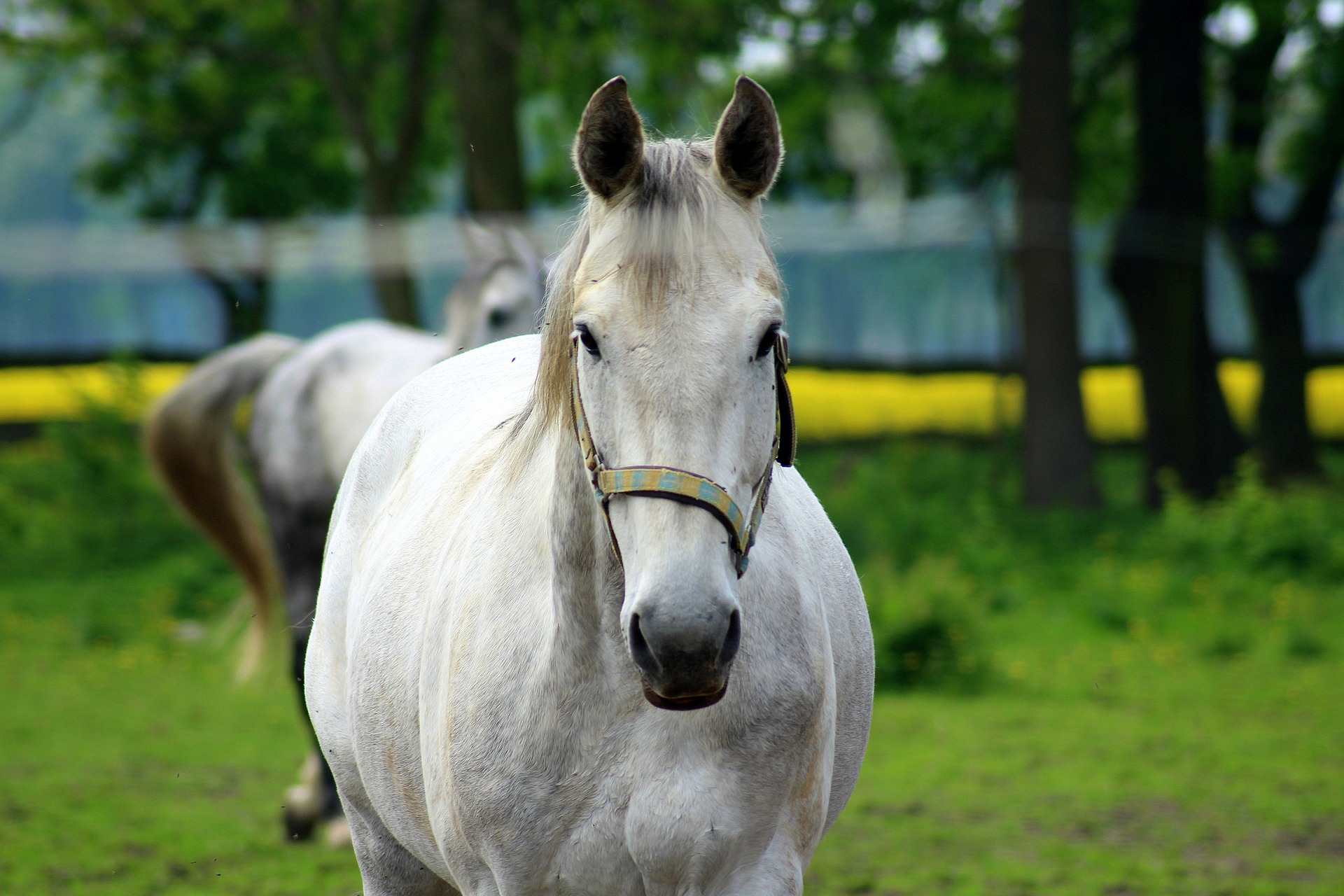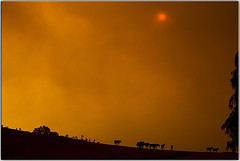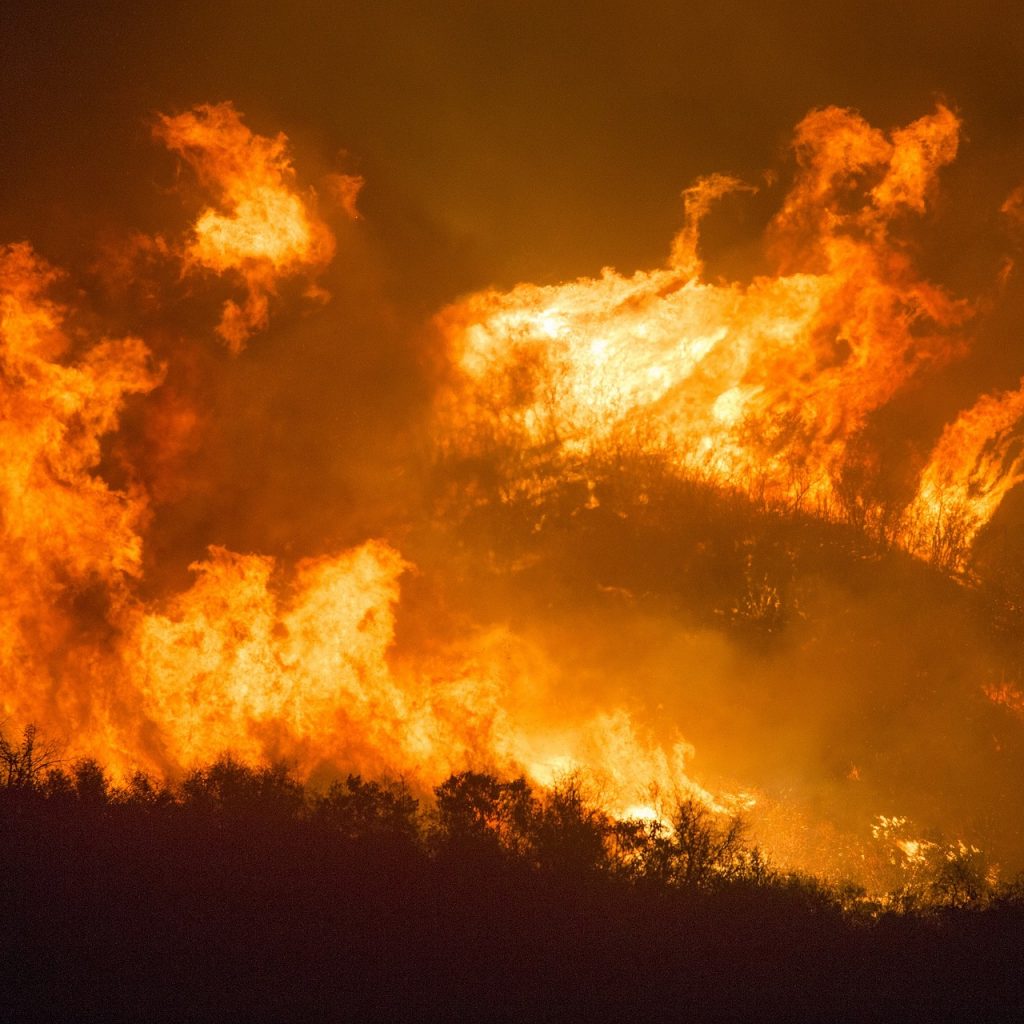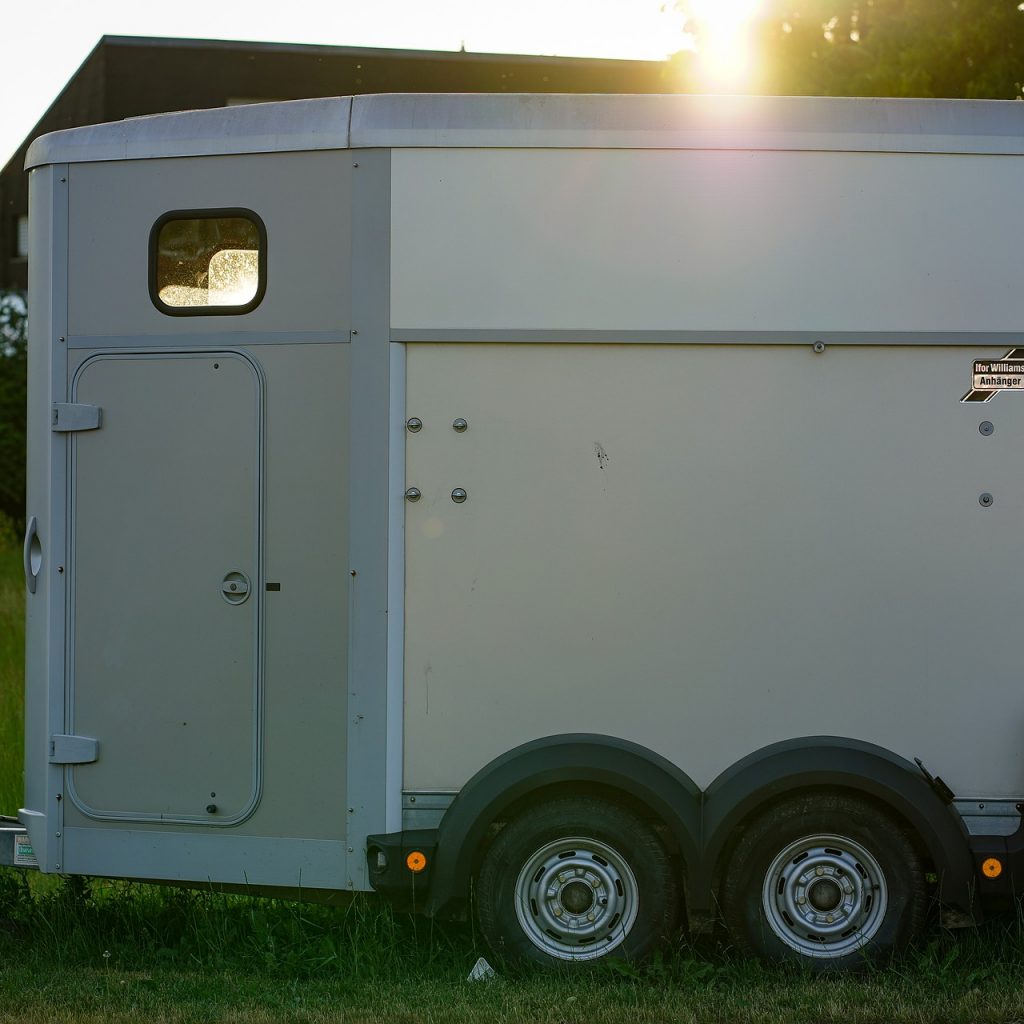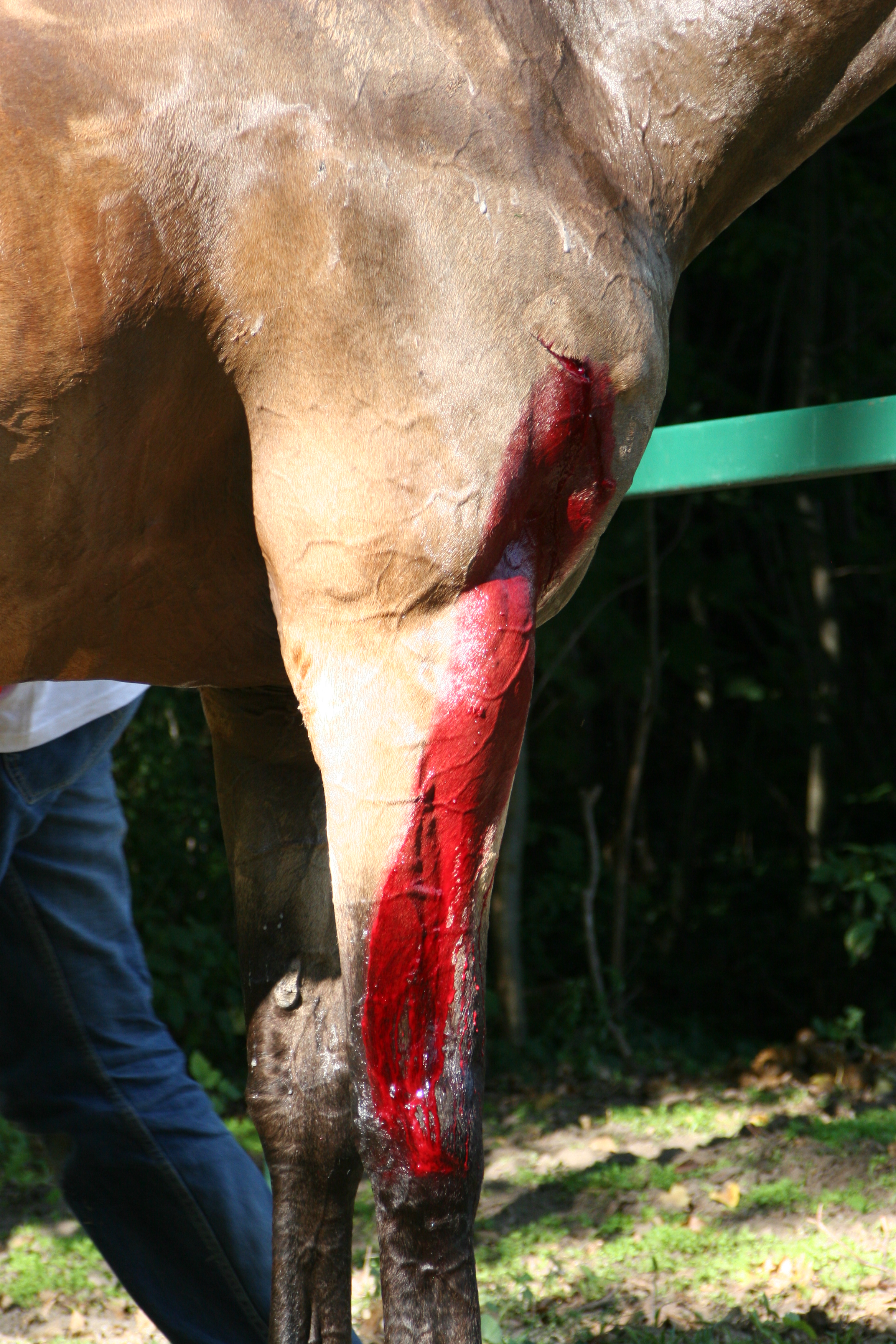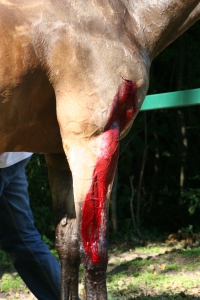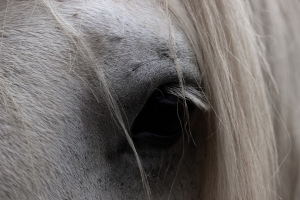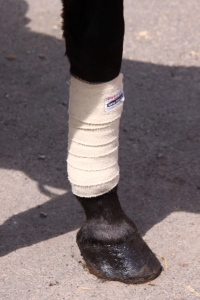How to care for minor wounds
Most horse owners are comfortable treating minor** scrapes and wounds on our ever-accident prone horses. But the myriad of available topical products can be overwhelming – what is best to use and when?
**As always, if you have ANY concern over the depth of the wound, if it’s a grossly contaminated wound, a wound near a joint, a puncture, or there’s a potential need for sutures, ALWAYS check with your veterinarian BEFORE applying any topical product.**
What is ‘Minor’?
First, let’s review what can be considered a minor scrape or wound. Most superficial wounds over areas of dense muscle (such as side of shoulder) or far from joints/tendon sheath/other sensitive areas (such as scrape over front of cannon bone) and only partially breaking the skin can be doctored at home.
Avoid application of caustic or potentially painful options, such as alcohol and hydrogen peroxide- these can be damaging to exposed tissue. Look for products that contain a list of ingredients- if you don’t know what’s in it, why would you apply it to your horse?
Superficial Wounds
For superficial abrasions and areas that cannot easily be bandaged, a liquid bandage product such as Alushield or Aluspray is a great option. In its aerosol form, it is easy to apply, allows necessary airflow to promote healing, and protects against wound irritants.

Bandaged Wounds
For wounds that are protected with a bandage, the ideal topical product depends on the stage of wound healing. Large fresh wounds that tend to leak large amounts of fluid will not benefit from an ointment- they are too wet (and should be evaluated by your vet!) Less exudative bandaged wounds can benefit from topicals such as Neosporin (triple antibiotic), silver sulfadiazine (SSD), or manuka/medical grade honey. All of these options have anti-microbial properties and preserve a moist healing environment while promoting epithelialization of the wound.
Dealing with Granulation (proud flesh)
In later stages of wound healing, horses commonly produce excessive granulation tissue, also known as proud flesh. Proud flesh can be identified by its appearance as lumpy red tissue that may bulge over the margins of the wound and bleeds very easily.

Proud flesh is especially common on slow healing wounds of the lower limbs that require prolonged bandaging. The good news is that while it has impressive blood flow, proud flesh lacks sensation, allowing your veterinarian to debride and flatten this extra tissue if needed. A combination antibiotic and steroid ointment such as Panalog is often used over proud flesh to help smooth out the granulation tissue so that the wound can continue to contract and heal. Once the granulation tissue is flat and healthy, it is not necessary to apply panalog. Some wounds alternate between proud and healthy granulation tissue during the healing process, so we may alternate applications of panalog or manuka honey depending on how the wound looks at each bandage change.

Ensure your first aid kit is well stocked with a thermometer, clean bandaging material, and a few of the topicals previously mentioned. When you discover a wound on your horse, take a minute to assess its location and depth. And if in doubt, a phone call and photo to your vet is always a good idea to determine best treatment and optimum healing.

